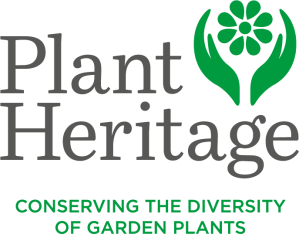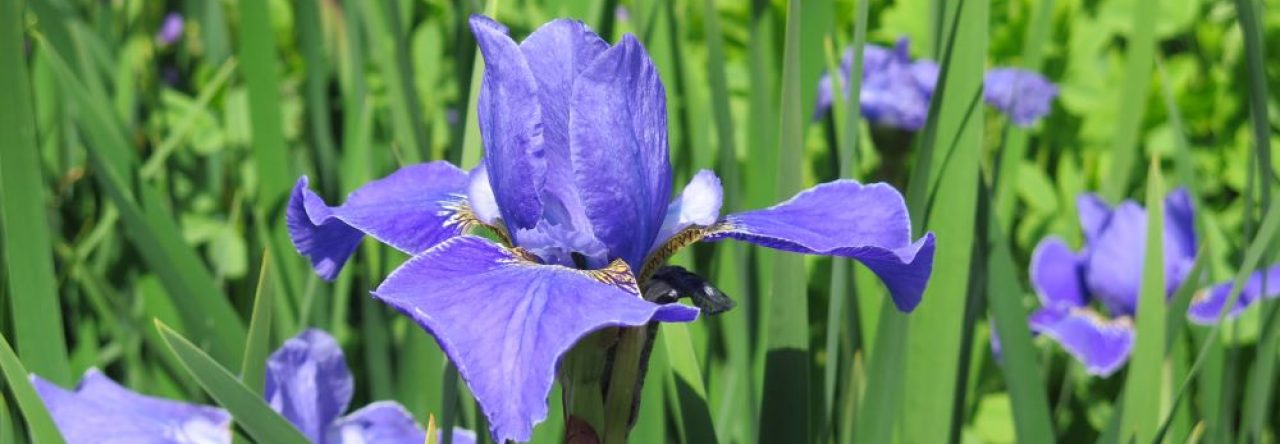We held our fourth National Collection Holders’ Conference at Chester Zoo on the 3rd and 4th November 2022. Feedback from previous conferences had requested more talks from Collection Holders, so this year the floor was handed over to them entirely.
There were presentations from 12 National Plant Collections, covering a broad range of topics and different types of collection and we’ve had very positive feedback from attendees on the range and variety of the talks.

Species conservation and research was covered by speakers in the first session of the day. Phil Esseen (below on left) from Chester Zoo spoke of the 5 collections maintained at the zoo and the ongoing research into them, Birmingham Botanical Gardens, whose staff and volunteers spoke of their collaborative efforts in growing and researching the little known carnivorous genus, Byblis, which has had the indignity of a McDonalds restaurant being built on one of its last native sites in Australia. Jonathan Hutchinson (below on right), a private individual collection holder, spoke of his work in southern Africa with researchers from the University of Oslo, and highlighted the importance of National Collections in providing researchers with fresh plant material for study ex situ.

How National Collections can positively impact conservation on a wider scale was discussed by Carole Whittaker, whose Monarda collection has led to a host of upstream benefits to wildlife, and also by Jan Miller, whose Eupatorium collection cohabits with an amazing array of invertebrates, and how the importance of maintaining a garden for wildlife is not incompatible with hosting a National Plant Collection.
The redevelopment of a new display area for the various fern collections at NT Sizergh was shown off by Susan Rowley (below), making great use of tree stumps felled for development work nearby. And informal research into the Fraxinus collection by David Skidmore of the Tatton Garden Society showed patterns in how trees in the collection were being affected by Ash Dieback, with those from the same broad region as the pathogen showing the least effect.

We took a step back from hands on work to think about collecting more broadly, with Si Poole, who has been thinking about his Mentha collection in terms of flow theory, and how collecting is an inherently creative activity, immersion in which can help when faced with bereavement or trauma.
For the first time, there was a section of short talks dedicated to those in the process of putting together their first National Plant Collection. Gary Stone of HMP Eastwood Park, a women’s prison, spoke on the importance of growing plants in a prison environment, and the benefits it can bring to inmates. Lackham College brought with them an endangered species – the Studentus horticulturalis, who then showed via a video how putting together a collection has helped the students learn more about the plants, growing techniques and plant recording. Finally Lucy Hart from Fulham Palace told the story of how a 17th century bishop came to have one of the foremost botanical collections of the day, and the work they are doing to recreate this.
Continuing the historic theme, the final talk of the day was from Ned Lomax, the new Head Gardener at Bodnant, home of some of the very first National Plant Collections. This estate has been associated with a host of notable plantspeople and it looks as though this legacy, and its collections, are in very good hands indeed!
The day also included a tour of the 5 National Plant Collections held in the behind the scenes glasshouses at Chester Zoo (pictured below). Members of the horticulture team were on hand in each section to answer questions and explain the work involved in care for these specialist collections.





